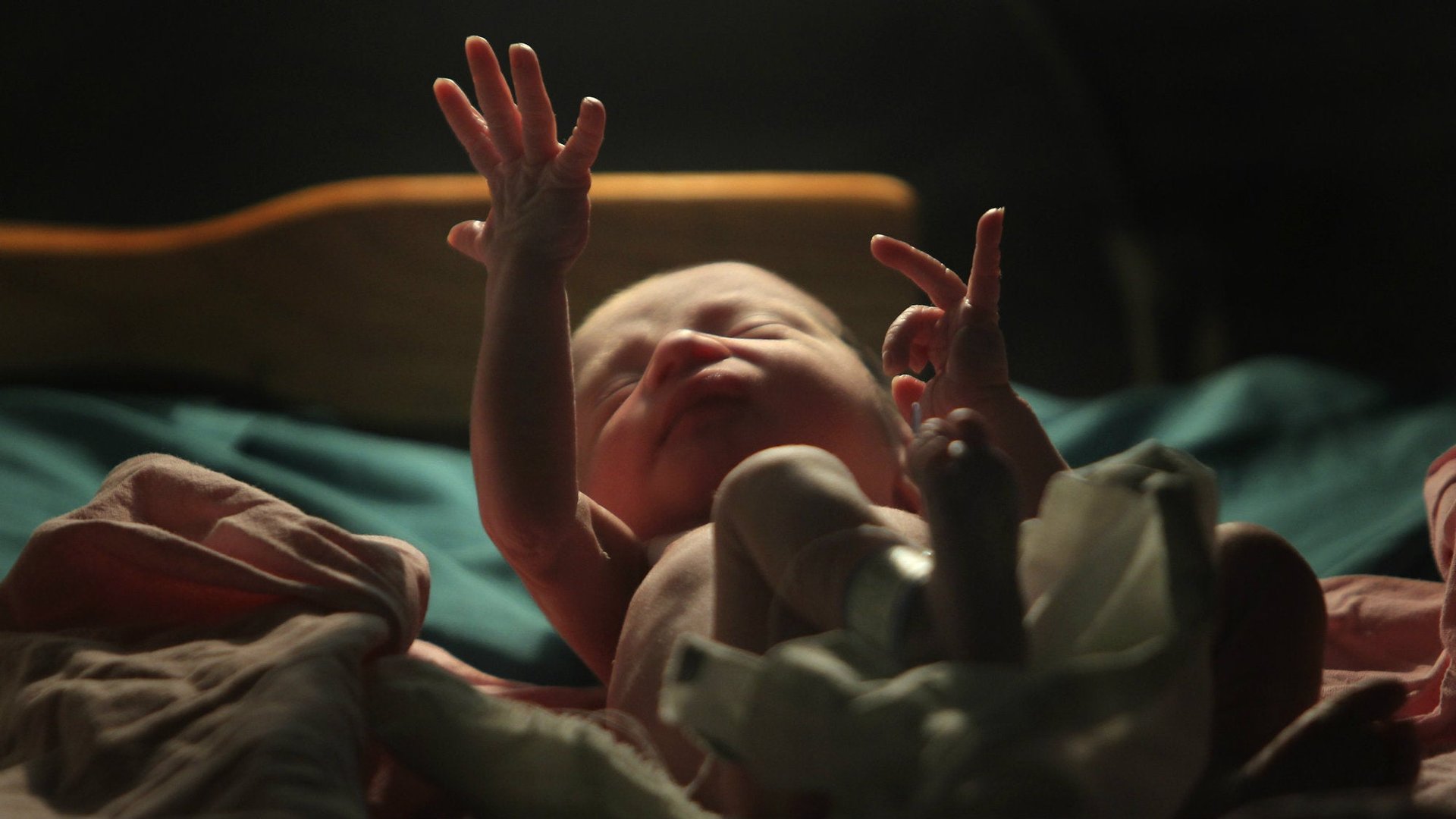No mothers in human history ate their own placentas before the 1970s
Some women, after giving birth, choose to preserve their child’s placenta—the organ that connects a fetus to the wall of the uterus—and eat it. They eat this placenta raw in smoothies, or cooked in lasagna, or freeze-dried and placed in ingestible capsules.


Some women, after giving birth, choose to preserve their child’s placenta—the organ that connects a fetus to the wall of the uterus—and eat it. They eat this placenta raw in smoothies, or cooked in lasagna, or freeze-dried and placed in ingestible capsules.
Advocates of placenta consumption say it combats postpartum depression, boosts milk supply, and restores iron levels—all benefits currently unsupported by scientific evidence. It feels like a practice that should have roots deep in human history, originating in an era when matriarchal wisdom prevailed. Because otherwise—whose idea was this?
Of all that is fascinating about postpartum placentophagy, the most fascinating perhaps is how relatively new a practice it is. Most non-human mammals eat their placentas after giving birth. But humans, historically, have not. Chinese traditional medicine has for centuries used human placenta to treat kidney and liver ailments or low energy, though not in postpartum mothers. Scholars have tracked down theoretical discussions of placentas as postpartum medicine in medical journals as far back as 1902.
But actually eating placentas post-birth appears to have started only in the US in the late 1960s or early 1970s, alongside a revival of midwife-assisted home births. The first record of the phenomenon in medical literature, according to a 2013 study, is a third-hand account mentioned a 1973 letter in the journal Obstetrics and Gynecology. A University of Nevada-Las Vegas research team seeking the origin of the practice conducted an anthropological survey of 179 societies; not one revealed a history of mothers consuming their own placentas.
“It is not really clear why we’ve jumped from,’ okay, animals eat their placenta, there is some use of the placenta for treatment of ailments in other cultures’…to ‘moms should eat their placenta postpartum for postpartum complications such as postpartum depression or postpartum anemia,'” Northwestern University professor Crystal Clark said in 2015.
Placentophagy today is practiced primarily by women in industrialized countries, particularly the US, Australia, and in the EU, says UNLV anthropology professor Daniel Benyshek. A 2013 survey of 189 women who engaged in the practice found that most respondents were white, married, and educated.
“The real reason that I ate it was to prove that I am part of that new tribe of women who don’t fear their bodies,” one new mother told Newsweek in 2015. “They embrace natural processes and are healthier for it.”
There are currently 742 placenta-encapsulation practitioners in countries from the US to South Korea listed on the Find Placenta Encapsulation directory. The Placenta Remedies Network lists about 100 more in the UK, Australia, Hong Kong, and elsewhere. The practice has flourished in the absence of scientific evidence that it works.
The UK’s Royal College of Obstetricians and Gynaecologists has repeatedly said no scientific evidence supports any benefits of placenta-eating. A 2015 Northwestern University review of literature on the subject found no evidence that placentas improve mental or physical health. The first placebo-controlled study of placentophagy, published in Nov. 2016, found placenta capsules had no impact on postpartum iron levels. That was part of a broader study on the subject Benyshek hopes to publish later this year.
Despite the absence of scientific evidence, many women report feeling better after consuming placenta. Many doctors have looked at it as a fairly harmless issue of patient choice. But last week, the US Centers for Disease Control published a report of a US infant who contracted an infection traced to bacteria-laced placenta capsules the mother purchased from a provider. There is no evidence of placentophagy’s efficacy. In this specific case, there is evidence of its risk.